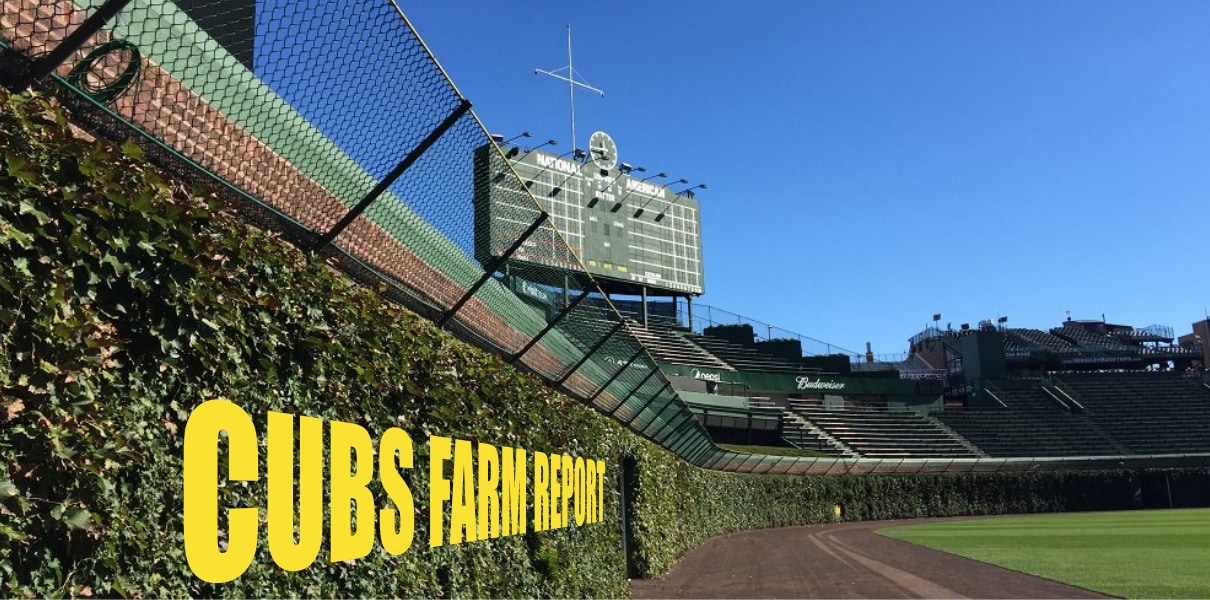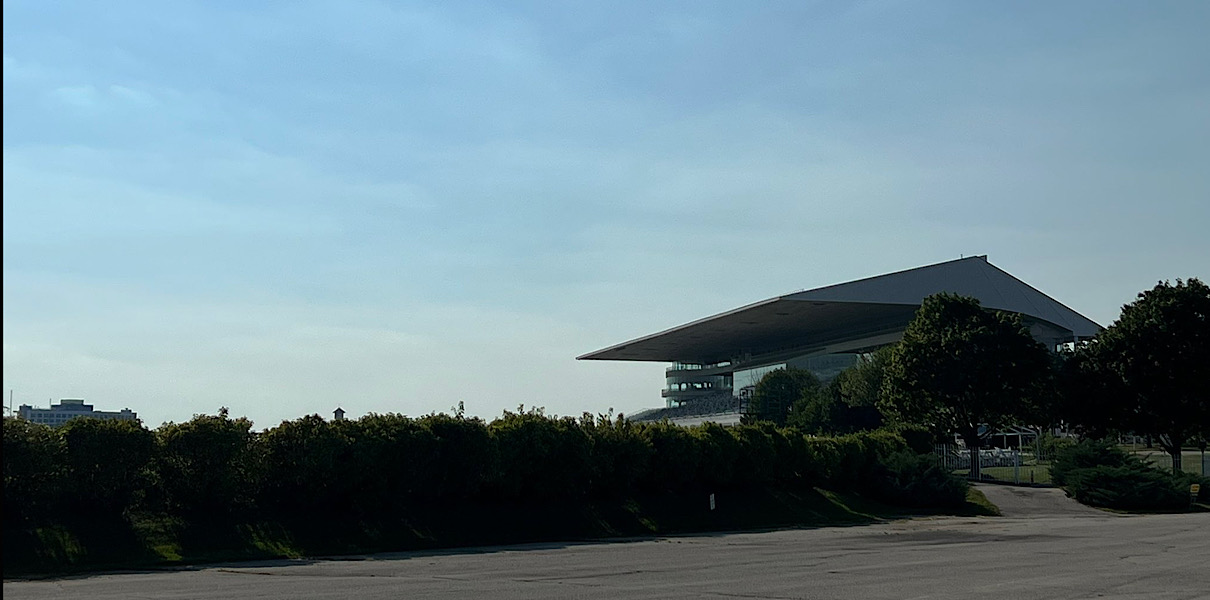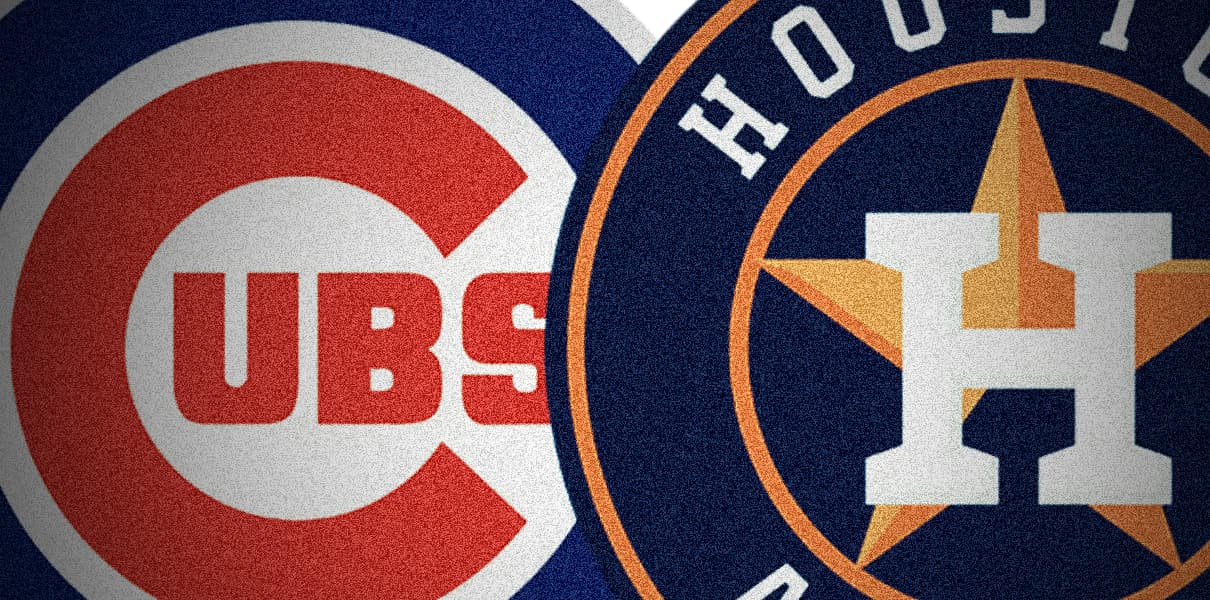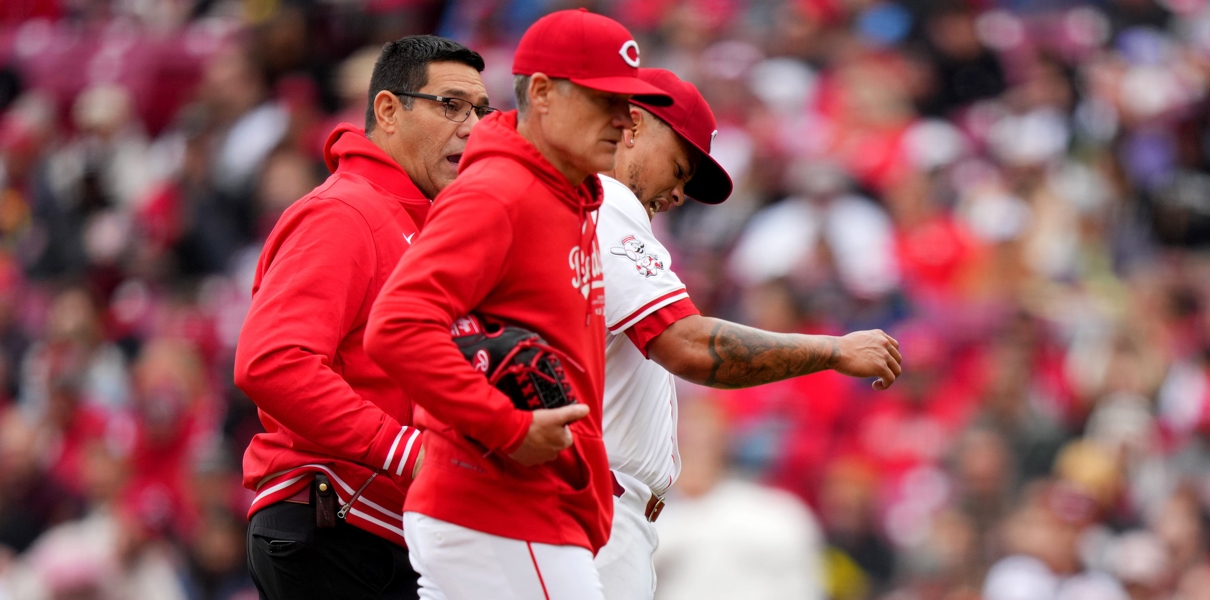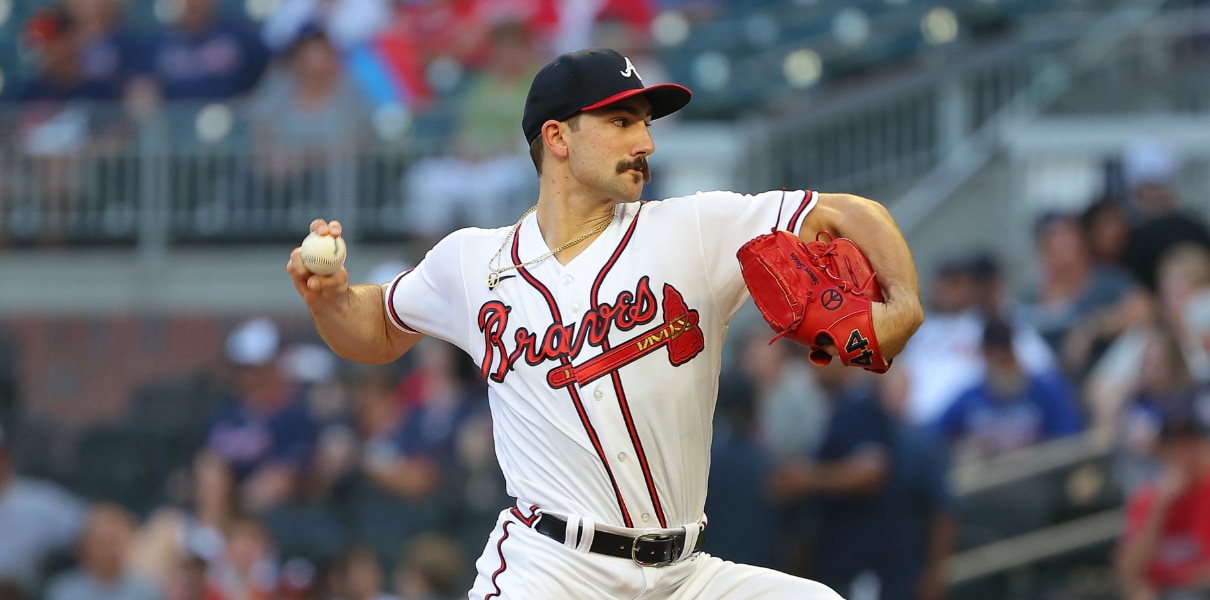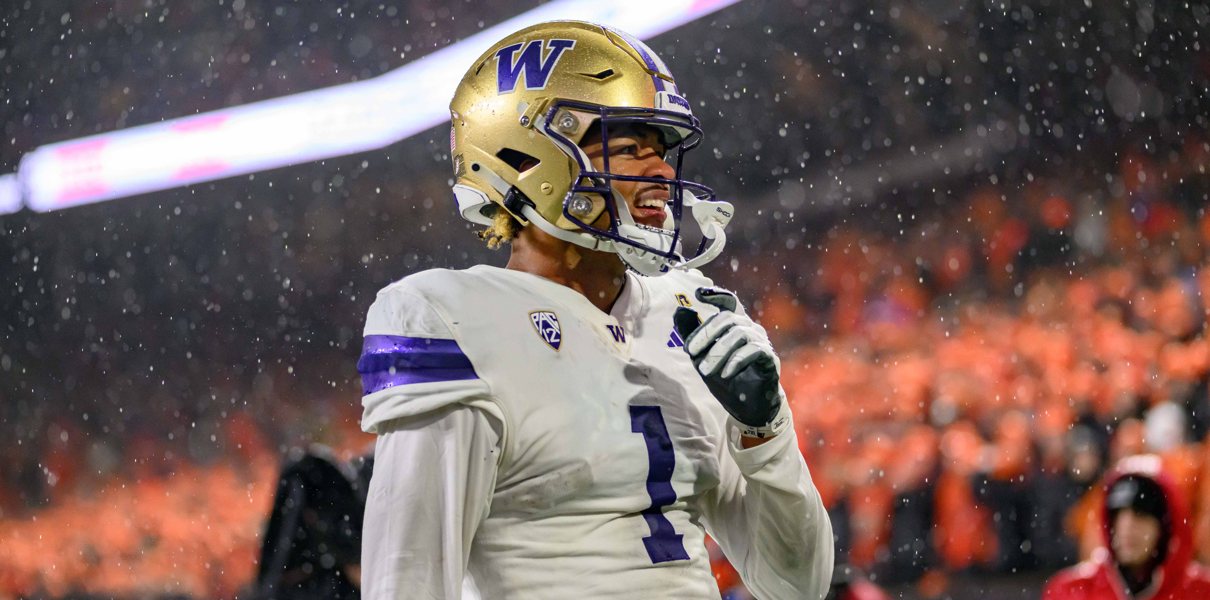The offseason – the real meat of it – is still a good month away, but with the Cubs eliminated from postseason contention and staring down the face of what *MUST BE* a compelling roster reformation, it’s not too early to start noting the the kinds of bits and rumors and speculation that make up the Lukewarm Stove.
Besides, it’s a Friday afternoon, the Cubs won’t be in the playoffs, and there are a few items I want to share that I don’t have another place for …
The financial story will be, as it is forever and always, a big part of what the Cubs’ front office can and cannot do this offseason. We’ll be doing some deep dives on that when the office gets rolling, but before that even happens, I want to cut off one storyline at the knees if may. I saw an article out there talking about the Cubs’ luxury tax situation, having exceeded the luxury tax this year, and then risking exceeding it again next year. The implication of the article, perhaps, was that with so much money coming off the books, the Cubs could get back under the $208 million luxury tax (first tier) level for 2020 in order to avoid a repeat offender situation.
To be sure, yes the Cubs absolutely *could* get back under the luxury tax next year if the simply strip away the departing contracts and make no significant additions, but let’s talk about the financial benefit of doing so (which is the only benefit at this stage in the penalty process): in a hypothetical world where the Cubs were willing to post a, say, $230 million payroll as a first-time offender, but wouldn’t be willing to do so as a second-time offender, the tax difference between the first and second year is a whopping $2.2 million. That’s it. The tax rate the first time around is 20% on the overage in the first tier (and *only* the overage). The tax rate the second year on the overage is 30%. At a reasonable luxury tax payroll level, that difference in tax is *NOTHING,* and absolutely SHOULD NOT be a consideration on how the Cubs choose to spend this offseason.
If there are broader limitations on spending that the Cubs want to try to sell to the public, then, by all means, let’s have those discussion and analyze them in a fair way. I’m open to it. But what I am not open to is any conversation that starts with “well, the Cubs have to get back under the luxury tax because being a repeat offender is so terrible.” It’s not. Stop. Do not go there.
Is this the next Miles Mikolas signing coming to MLB this offseason:
Lindblom, now 32, is putting together his second straight overwhelmingly-dominating season in South Korea. Obviously there’s no certainty that it translates, but Lindblom does have a past MLB history as a mediocre reliever. He wouldn’t be the first guy to not be able to get over the hump, go overseas and figure things out (now as a starting pitcher), and then come back with success. It could be one of those low-key, low-cost, intriguing signings. Starter? Swing guy? Depending on how the Cubs proceed, a guy like Lindblom could be right there with Tyler Chatwood, Kendall Graveman, and Alec Mills as swing/starter/relief/6th/7th starter option types. Given how old the Cubs’ rotation is getting, I sure wouldn’t mind seeing a lot of options available.
Speaking of which, while signing a guy like Gerrit Cole is (rightly) going to get most of the attention, I wonder if the Cubs might be creative to try to bring in an impact starting pitcher via trade. This is just something I’ve been kicking around in my head, and is entirely speculative:
Syndergaard, 27, is under control via arbitration for two more years, but the Mets have seemingly been very chill with shopping him for two years now. His results this year were relatively disappointing for him (4.30 ERA), but the underlying peripherals were very solid, even if unspectacular. Dude has always felt like there’s another level to his game, and maybe getting out of New York would help spur that on.
As for Diaz, the 25-year-old reliever has three arbitration years left following a disastrous 2019 campaign with the Mets. He still struck dudes out at a herculean clip, but perhaps more than any other reliever in baseball, he got destroyed by the homer. Maybe with some tweaks and a changed baseball, he’s right back to the guy he was before New York?
You’d have to get pretty comfy with the idea of the Cubs giving up a lot and/or big league pieces to make a deal like this work, but it could be one of those old-fashioned-baseball-trades things that people mention sometimes without much in the way of explanation. I think maybe it means two teams trading at the big league level to improve at the big league level, but whatever. I’m just saying: I could see the Mets seriously considering moving those two, and I could see the Cubs being interested.
Rumors in Ken Rosenthal’s Red Sox front office piece about folks wondering whether the organization might undergo a SERIOUS rebuilding effort upon the arrival of the new top brass. Always possible when there’s a big change like that, and certainly would be interesting.
We do know that the Red Sox are very likely to listen to offers for Mookie Betts, whom they did not extend, and who is now a free agent after 2020:
Old friend Jorge Soler is having himself a monster power season, and there’s talk that maybe the Royals might try to extend the 27-year-old. He’s got two years left on the original deal he signed with the Cubs way back when as a Cuban amateur. Good for him. Soler cannot play defense to save his life at this point (which is sad), but the dude sure is raking: .262/.352/.555, 133 wRC+ and 45 homers.




